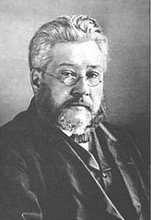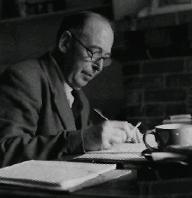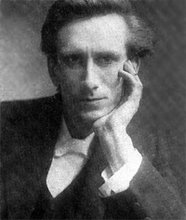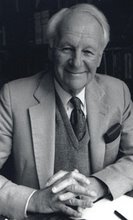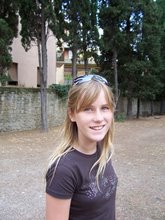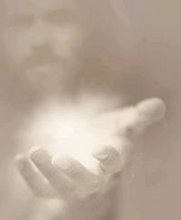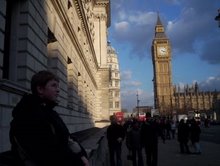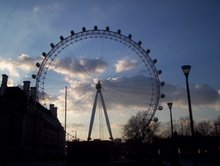 Believers in the Messiah Y’shua (Jesus) have received atonement once and for all through the sacrificial death of Y’shua on the cross. The blood of God’s own son, Himself sinless in nature, was the only sacrifice sufficient to make final atonement for sin. Interestingly enough, we have confirmation of this from an extra-biblical Jewish source. The Talmud records that on the Day of Atonement a scarlet thread would be hung outside of the Holy of Holies. If the scapegoat, the sacrifice for sin, was accepted by the Lord the thread would turn from scarlet to white, making real the words that the prophet Isaiah had written 700 years before: “Though your sins are scarlet they shall be white as snow.” (Isaiah 1:18)
Believers in the Messiah Y’shua (Jesus) have received atonement once and for all through the sacrificial death of Y’shua on the cross. The blood of God’s own son, Himself sinless in nature, was the only sacrifice sufficient to make final atonement for sin. Interestingly enough, we have confirmation of this from an extra-biblical Jewish source. The Talmud records that on the Day of Atonement a scarlet thread would be hung outside of the Holy of Holies. If the scapegoat, the sacrifice for sin, was accepted by the Lord the thread would turn from scarlet to white, making real the words that the prophet Isaiah had written 700 years before: “Though your sins are scarlet they shall be white as snow.” (Isaiah 1:18)
The Talmud goes on to record that each year on the Day of Atonement the thread might turn white or might not, reflecting the changing spiritual state of the nation of Israel. This continued for many years, until 40 years prior to the destruction of the Temple in Jerusalem, after which the thread never turned white. It remained scarlet every year, until the Temple was destroyed in 70 A.D. This tractate of the Talmud bears evidence to the fact that somewhere around 30 A.D. – the approximate date when Y’shua was crucified – the animal sacrifices offered by the high priest of Israel were no longer accepted by God! This is because the blood of bulls and goats could never atone for sin for more than a short time. They were only shadows of a final sacrifice, a once and for all atonement for sin – the sacrifice of our Messiah Y’shua on the cross. Jesus is the fulfillment of Yom Kippur, as both our great high priest and a sacrifice for all of our sin. In Him our sin is truly forgiven and our consciences cleansed.
Source: The Jews for Jesus BlogAnd from another source: Talmudic Evidence for the Messiah at 30 C.E.In the centuries following the destruction of the Temple in Jerusalem (70 CE), the Jewish people began writing two versions of Jewish thought, religious history and commentary. One was written in Palestine and became known as the Jerusalem Talmud. The other was written in Babylon and was known as the Babylonian Talmud.
We read in the Jerusalem Talmud: "Forty years before the destruction of the Temple, the western light went out, the crimson thread remained crimson, and the lot for the Lord always came up in the left hand. They would close the gates of the Temple by night and get up in the morning and find them wide open" (Jacob Neusner, The Yerushalmi, p.156-157). [the Temple was destroyed in 70 CE]
A similar passage in the Babylonian Talmud states: "Our rabbis taught: During the last forty years before the destruction of the Temple the lot ['For the Lord'] did not come up in the right hand; nor did the crimson-colored strap become white; nor did the western most light shine; and the doors of the Hekel [Temple] would open by themselves" (Soncino version, Yoma 39b).
What are these passages talking about? Since both Talmuds recount the same information, this indicates the knowledge of these events was accepted by the widespread Jewish community.
I think this is really exciting! I want to know more about these historic backgrounds. Please feel free to share your thoughts with me and my blog readers. Do leave a comment if you have questions or contributions!














.jpg)




